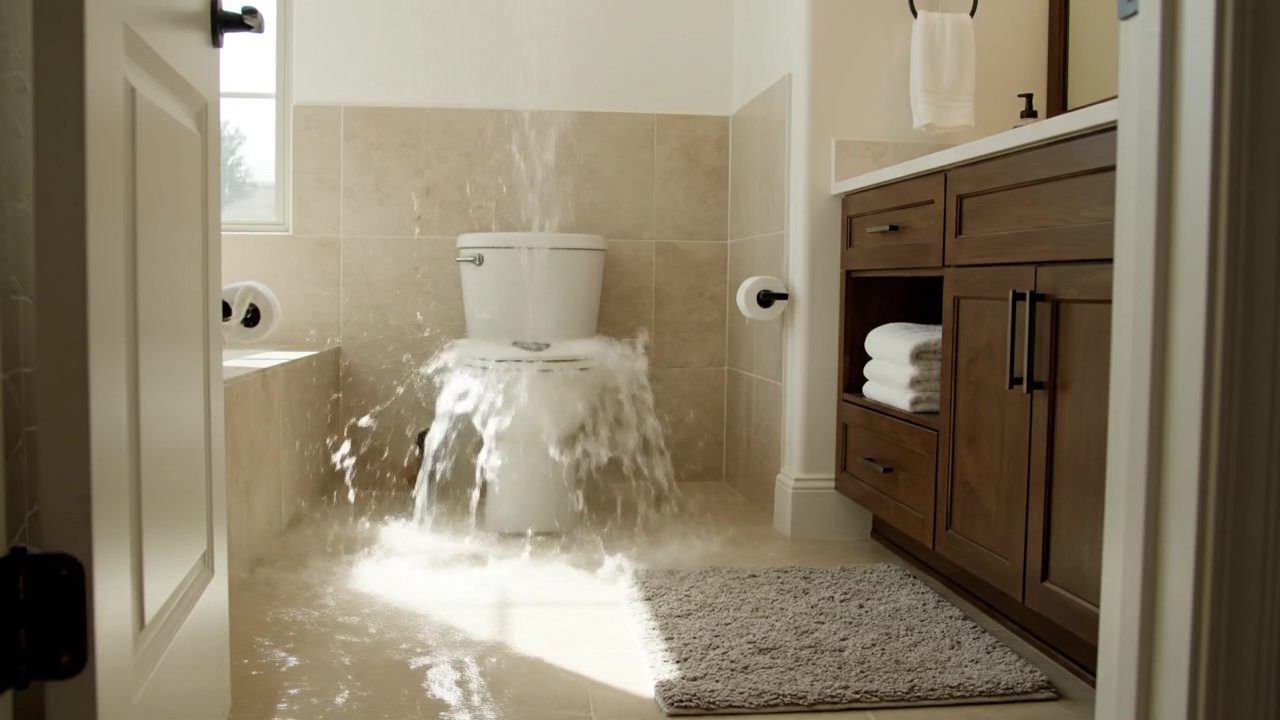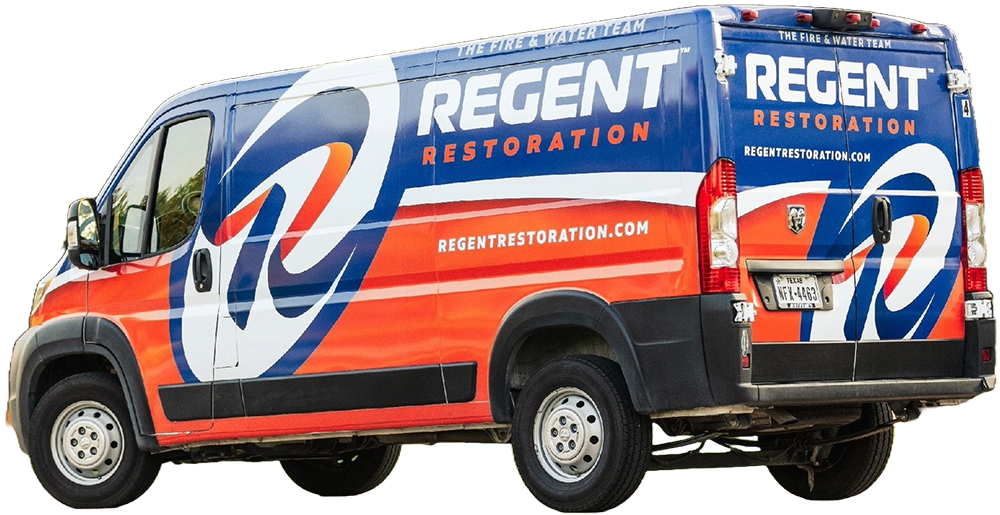
– SERVICE
24/7 Emergency Toilet Overflow Cleanup in Dallas,tx
Toilet overflows can cause severe water damage and health risks if not handled quickly. That’s why Regent Restoration provides 24/7 emergency toilet overflow cleanup in Dallas. No matter the time day or night our certified team responds immediately to remove standing water, sanitize affected areas, and restore your home to a safe condition.
What to Do When Your Toilet Overflows (7 Steps)
The first thing you should do is call a trusted sewage cleanup company.
Yes, most homeowners can handle a small overflow. However, if your toilet is spewing feces or raw sewage you need professional help.
The water from the toilet can contain bacteria or contaminants that can make you sick if you’re exposed to them.
With that said, there are steps you can take to stop the overflow, minimize the damage and protect your home.
Will Insurance Cover Water Damage From a Toilet Overflow?
Many websites are quick to tell you “no”, but the real answer is that it depends.
Most home insurance policies cover water damage from “sudden and accidental” causes. This means insurers will cover the costs, if, for example, your toilet malfunctions or overflows.
However, many standard insurance policies will not cover the costs if the water damage resulted from a lack of maintenance.
Let’s say you noticed your upstairs toilet was leaking water through the ceiling and ignored it. Now, after six months, you finally decide to handle the issue and make a claim. In this scenario, they will likely deny your claim.
If you have any questions about the insurance process or need help filing a claim, call us now. We negotiate with insurance companies all the time and know how to get you the most for your losses.
The Average Cost of Water Leak Cleanup & Restoration
Every water leak scenario is different. For this reason, there is no set-in-stone price for water leak cleanup or repair services.
First, you must address the leak that’s causing the issue. Plumbing repairs cost $300 on average.
Then, you need to factor in the cost of water removal. The national average cost for drying and cleaning up water after a leak is around $2,700.
To be clear: all the costs we mentioned above are ballpark estimates. The costs can change depending on the nature of the damage and how much of your property was affected.
To make it easier for consumers to understand the costs, we’ve put together a list of factors that actual water leak restoration companies use in their estimates to figure out the final invoice.


